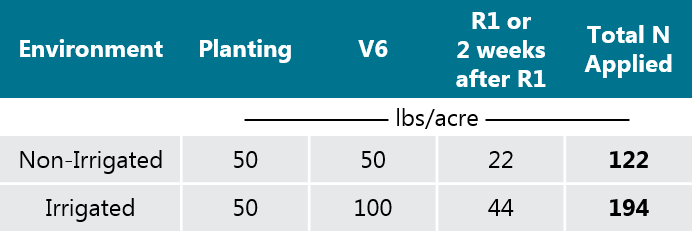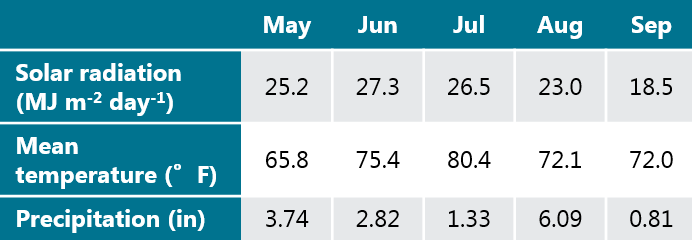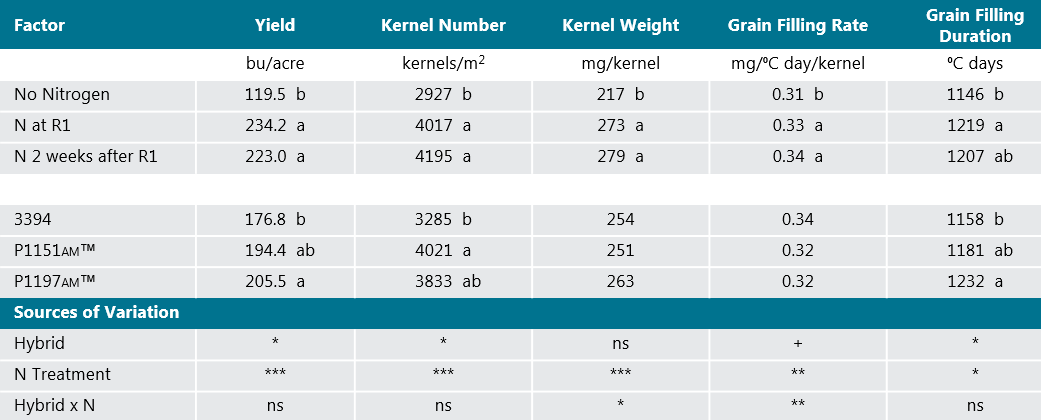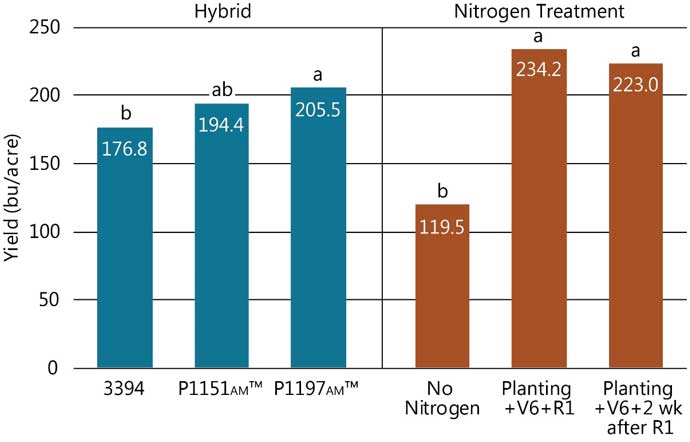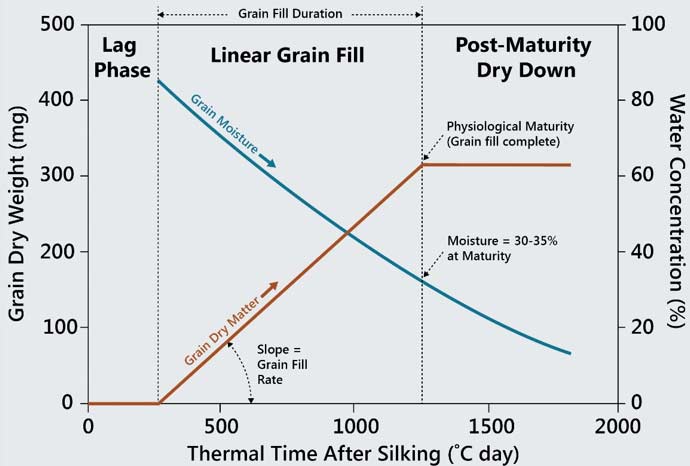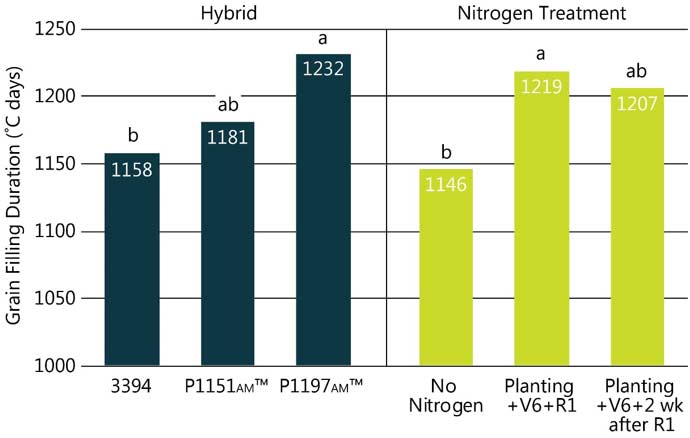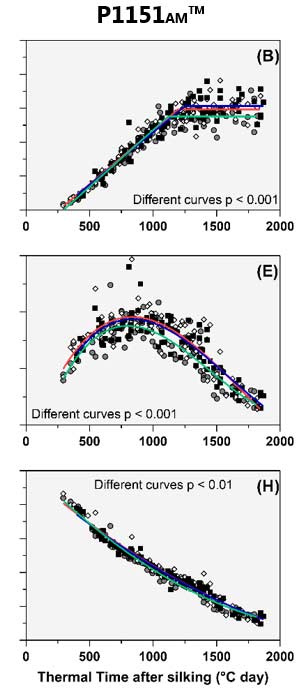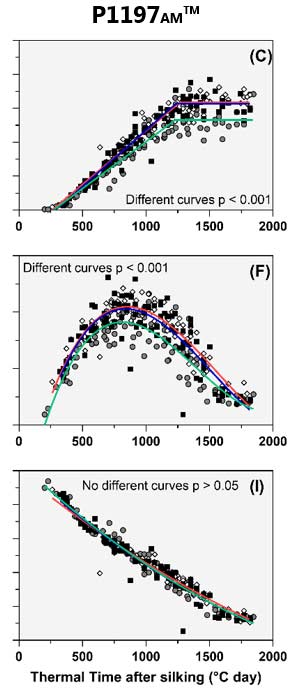Research conducted by Dr. Ignacio A. Ciampitti and Javier A. Fernandez, Department of Agronomy, Kansas State University, as a part of the Pioneer Crop Management Research Awards (CMRA) Program. This program provides funds for agronomic and precision farming studies by university and USDA cooperators throughout North America. The awards extend for up to four years and address crop management information needs of Pioneer agronomists, sales professionals and customers.
     |
AM - Optimum® AcreMax® Insect Protection system with YGCB, HX1, LL, RR2. Contains a single-bag integrated refuge solution for above-ground insects. In EPA-designated cotton growing counties, a 20% separate corn borer refuge must be planted with Optimum AcreMax products. HX1 - Contains the Herculex®® I Insect Protection gene which provides protection against European corn borer, southwestern corn borer, black cutworm, fall armyworm, western bean cutworm, lesser corn stalk borer, southern corn stalk borer, and sugarcane borer; and suppresses corn earworm. YGCB - The YieldGard® Corn Borer gene offers a high level of resistance to European corn borer, southwestern corn borer and southern cornstalk borer; moderate resistance to corn earworm and common stalk borer; and above average resistance to fall armyworm. RR2 - Contains the Roundup Ready® Corn 2 trait that provides crop safety for over-the-top applications of labeled glyphosate herbicides when applied according to label directions. LL - Contains the LibertyLink® gene for resistance to Liberty® herbicide.
Herculex® Insect Protection technology by Dow AgroSciences and Pioneer Hi-Bred. Herculex® and the HX logo are registered trademarks of Dow AgroSciences LLC. YieldGard®, the YieldGard Corn Borer design and Roundup Ready® are registered trademarks used under license from Monsanto Company. Liberty®, LibertyLink®, and the Water Droplet Design are registered trademarks of BASF.
1All Pioneer products are hybrids unless designated with AM1, AM, AMT, AMRW, AMX, AML, AMXT, and Q in which case they are brands.
The foregoing is provided for informational use only. Please contact your Pioneer sales professional for information and suggestions specific to your operation. 2017 data are based on average of all comparisons made in two locations through Dec. 1 2017. Multi-year and multi-location is a better predictor of future performance. Do not use these or any other data from a limited number of trials as a significant factor in product selection. Product responses are variable and subject to a variety of environmental, disease, and pest pressures. Individual results may vary. Pioneer® brand products are provided subject to the terms and conditions of purchase which are part of the labeling and purchase documents.

